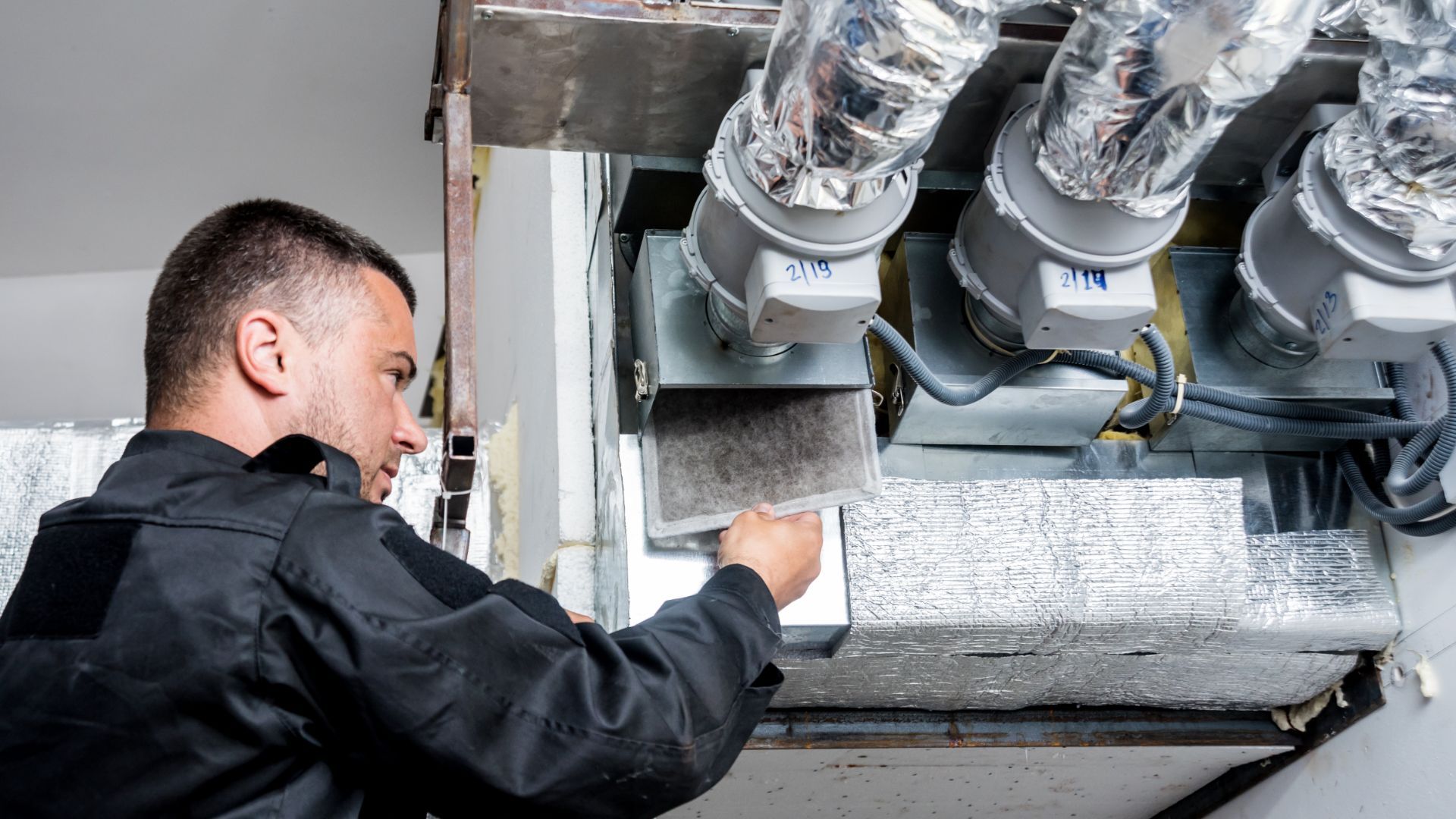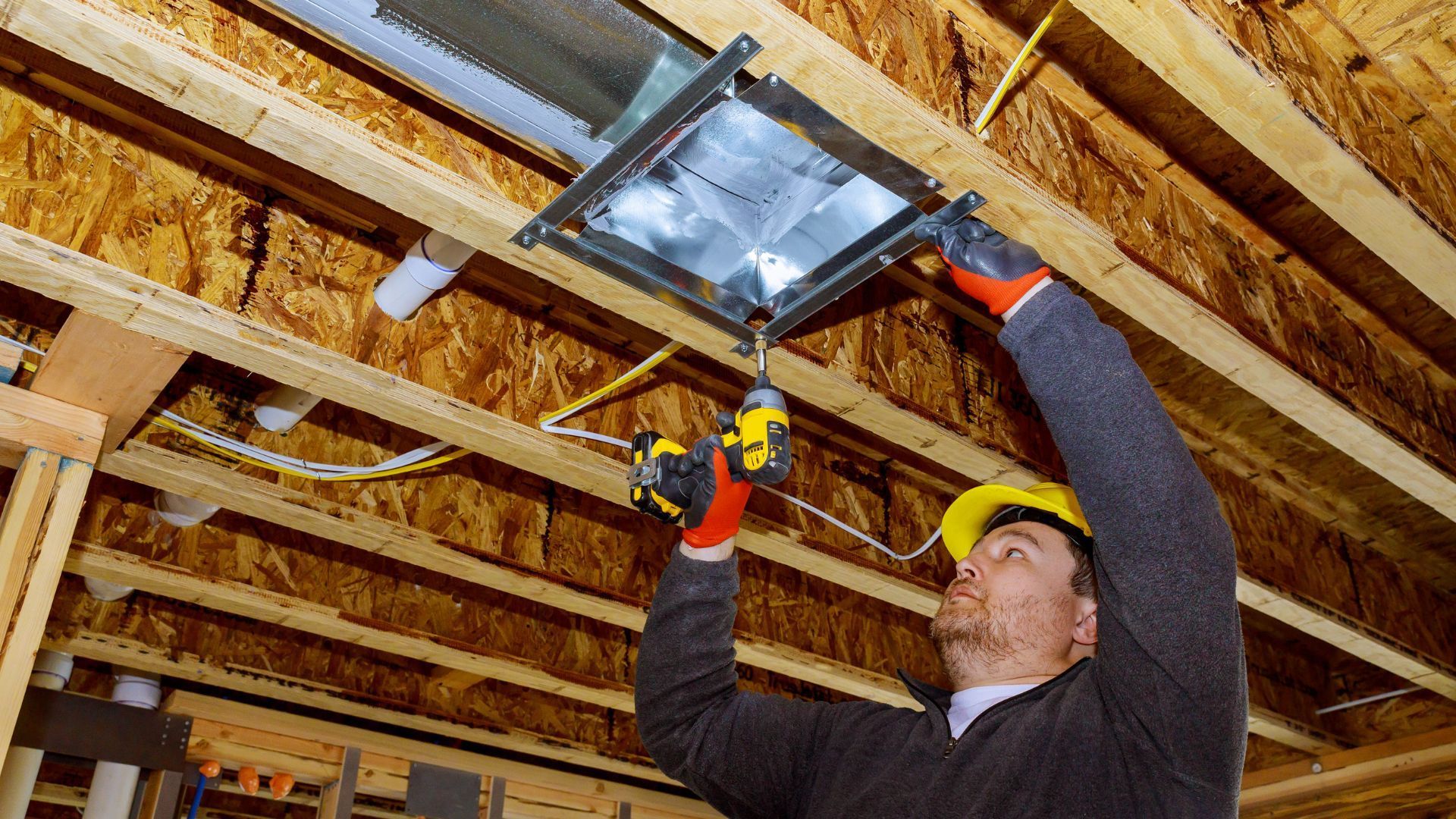Working Hours: Monday - Friday 08:00 AM - 04:30 PM
How Does A Mini-Split Heat And Air Work?

In the realm of heating, ventilation, and air conditioning (HVAC), Mini-Split systems have emerged as a popular choice for their efficiency and versatility. But how do they actually work?
In this article, we'll delve into the intricate mechanisms that power these units, shedding light on their inner workings. From refrigerant cycles to zone cooling, we'll cover it all. Let's demystify the question: How Does A Mini-Split Heat And Air Work?
How Does A Mini-Split Heat And Air Work?
A Mini-Split system operates on a relatively simple principle: it transfers heat from one place to another using a refrigerant. Unlike traditional central HVAC systems, which utilize ductwork to circulate air, Mini-Splits function on a ductless design. This allows for more precise control over individual zones, resulting in energy savings and customized comfort.
The Refrigerant Cycle
At the heart of every Mini-Split system lies the refrigerant cycle. This closed-loop process involves the transformation of a refrigerant from a low-pressure gas to a high-pressure liquid and back again. When in cooling mode, the refrigerant absorbs heat from indoor air, releasing it outside. In heating mode, the cycle reverses, extracting heat from outdoor air and transferring it indoors.
Zone Cooling and Heating
One of the standout features of Mini-Split systems is their ability to provide zoned comfort. Each indoor unit is equipped with its own thermostat, allowing occupants to set individual temperatures for different areas of the home or office. This not only enhances comfort but also leads to significant energy savings.
Advantages of Mini-Split Systems
- Energy Efficiency
Mini-Split systems excel in energy efficiency due to their ductless design and precise temperature control. Without the energy losses associated with ductwork, they can deliver conditioned air directly to the desired space, minimizing waste.
- Easy Installation
Installing a Mini-Split system is a streamlined process compared to traditional HVAC systems. It doesn't require extensive ductwork, making it an ideal choice for both new constructions and retrofitting older buildings.
- Improved Air Quality
With no ducts to accumulate dust, allergens, and contaminants, Mini-Split systems contribute to better indoor air quality. Additionally, many models come equipped with advanced filters that trap particles, ensuring cleaner, healthier air.
FAQs
Q: Can I install a Mini-Split system myself?
While it's possible for a skilled DIYer to install a Mini-Split system, it's highly recommended to hire a professional HVAC technician. They have the expertise to properly size, place, and commission the units for optimal performance.
Q: How long does a Mini-Split system typically last?
With regular maintenance, a well-installed Mini-Split system can last up to 20 years or more. Ensuring timely filter replacement and annual check-ups can extend its lifespan.
Q: Are Mini-Split systems suitable for all climates?
Yes, Mini-Split systems are designed to operate efficiently in a wide range of climates. They can provide both effective cooling and heating even in extreme temperature conditions.
Q: Do Mini-Split systems require a lot of maintenance?
Compared to traditional HVAC systems, Mini-Splits require minimal maintenance. Regular cleaning or replacement of filters, along with occasional checks by a professional technician, is usually sufficient.
Q: Can a Mini-Split system be integrated with other HVAC systems?
Yes, Mini-Split systems can complement existing HVAC setups, providing additional zoning capabilities and enhancing overall efficiency.
Q: Are there any government incentives for installing a Mini-Split system?
In many regions, there are energy-saving incentives, tax credits, or rebates available for installing high-efficiency HVAC systems, including Mini-Splits. Check with local authorities or utility companies for available programs.
Conclusion
Investing in a Mini-Split Heat and Air system is a smart move towards efficient, customized climate control. Understanding the inner workings of these systems empowers you to make informed decisions about your HVAC needs. With benefits ranging from energy savings to improved air quality, it's clear that Mini-Split systems are a standout choice in the world of HVAC.
Mini split heat and air technology is interesting, right? Take the better choice and contact us today!
INFORMATION
176 Rectory St, London, ON N5Z 2A5, Canada
Follow us on Facebook
BROWSE OUR WEBSITE
EMERGENCY SERVICE










